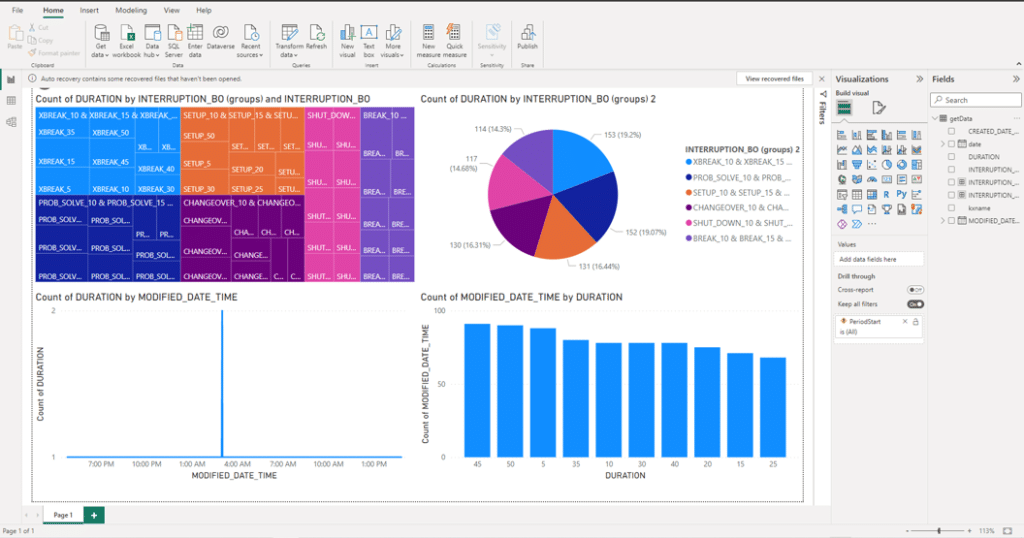I don’t normally get that excited about Business Intelligence software, but the trends unveiled by Kurt Schlegel on the topic at the Gartner Data & Analytics Conference in London, May 2023, are simply too interesting to not mention. He did unveil a 2023 Magic Quadrant, but I’ll let him and Gartner communicate their conclusions. I will highlight two of Schlegel’s MQ highlights and a few other sector disruptors where I believe KX plays a role. The two highlights:
(1) Microsoft Power BI was in front “by a country mile,” but “it’s hard not to use Power BI when you use Office, Teams, etc.”
(2) Google Looker was called out as a major challenger, noting its’ surprising game changer strategy of opening up their metadata including to the likes of Tableau and ThoughtSpot. According to Schlegel, “Google Looker feels like a modern “headless” Cognos or Microstrategy.” It seemed to be shaking up what is historically a proprietary sector.
Both Power BI and Looker impact and reflect KX in different ways. KX does actually have its own dashboard capability, this one here. It’s well used too! However, KX also interfaces to Power BI, Tableau, Grafana and others. The graphic below shows a populated Power BI interface (see the documentation for more). Thus, like Looker, KX is “headless” when it comes to dashboards, one target being the afore-mentioned all-conquering Power BI.
Unlike Looker, however, KX is “headless” in other respects, for example its provision of in-memory data analytics including machine learning and time series operations. Elsewhere, KX powers data management services, edge analytics and so much more. However, let’s not get carried away. Both Looker and KX provide metaphorical software “engines” rather than fully integrated metaphorical “cars”. With that, back to BI.
I’m a bit obsessed with Looker. I missed its rise in a 3 year hiatus away from analytics. On my return, the big 3 packages of Tableau, Power BI and Qlik were joined by a fourth, Looker. At last week’s KXCon [23], I spent an evening with a former Looker employee. He articulated the same “headless” advantage reflected by Schlegel as their secret sauce in that rise which had passed me by.
Schlegel offered other BI ecosystem challenges and changes, for example:
- BI platforms co-exist with governed cloud data warehouses, e.g., Snowflake and Redshift.
- Are analytics better conducted within the warehouse or “pulling data” to the BI platform? He felt the mood music was increasingly but far from definitively in-warehouse.
- Note KX can also power Snowflake with 100x more performant time-series and vector processing queries, right inside the warehouse (via Snowpark)
- The collision with data science & machine learning (DSML), which BI platforms tend not to do. It’s fascinating how few commentators of BI point to the roles of Jupyter Notebooks and RShiny type applications. Note too that KX powers data science apps in addition to visualization.
- A need for BI to focus on consumers rather than authors. Few dashboards have reached the plateaus of, say, the Netflix UIs and recommendation engines which consist of analytics catalogs as much as they do data catalogs. Can’t any vendors get closer to the Netflix model? Perhaps SAS might stake a viable claim. Like RShiny and Jupyter, perhaps too blurred with the data science.
- Changing Price Models – Tokens, Credits, Minutes are increasingly sold, and as we’ve already noted, Microsoft have brought price down, “long overdue”.
- For challengers to Microsoft, functionality is probably less important than ecosystem, install base and price.
- The arrival of ChatGPT and its interjection of energy into what has been a fairly subdued Natural Language Query (NLQ) set of initiatives from the vendors.
Overall, it was a very interesting session. From the KX standpoint, as with chief challenger Looker, it’s great to be an engine. It’s also great to provide a Microsoft-sanctioned engine that powers the sector’s Power BI leader! KX also provides some super dashboards too! Horses for courses.


